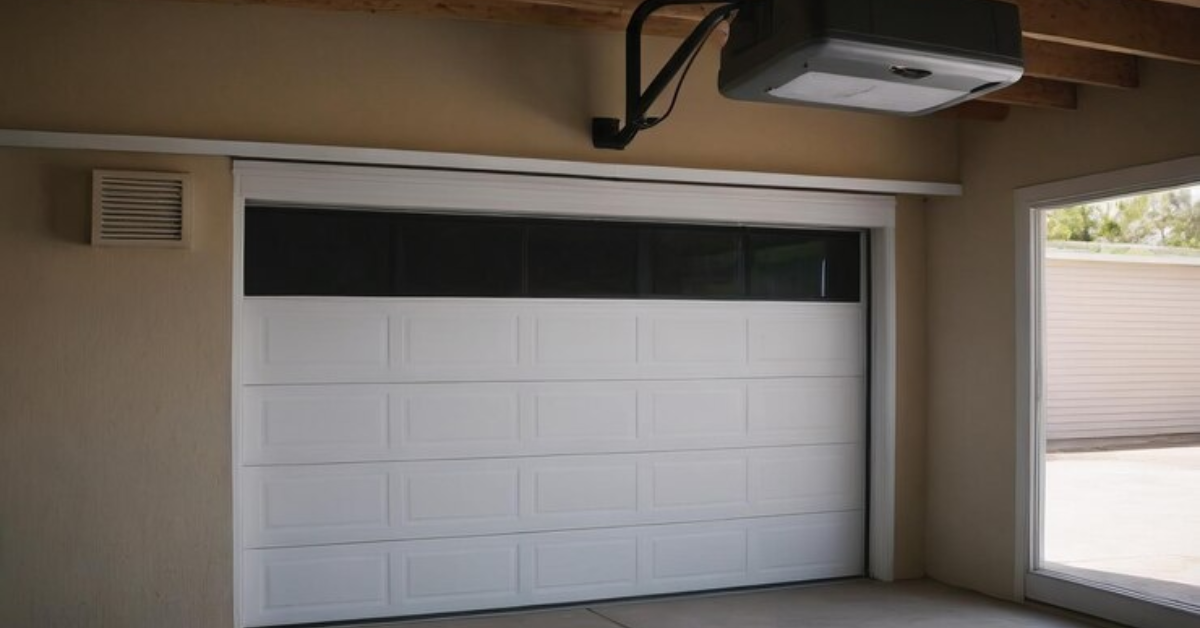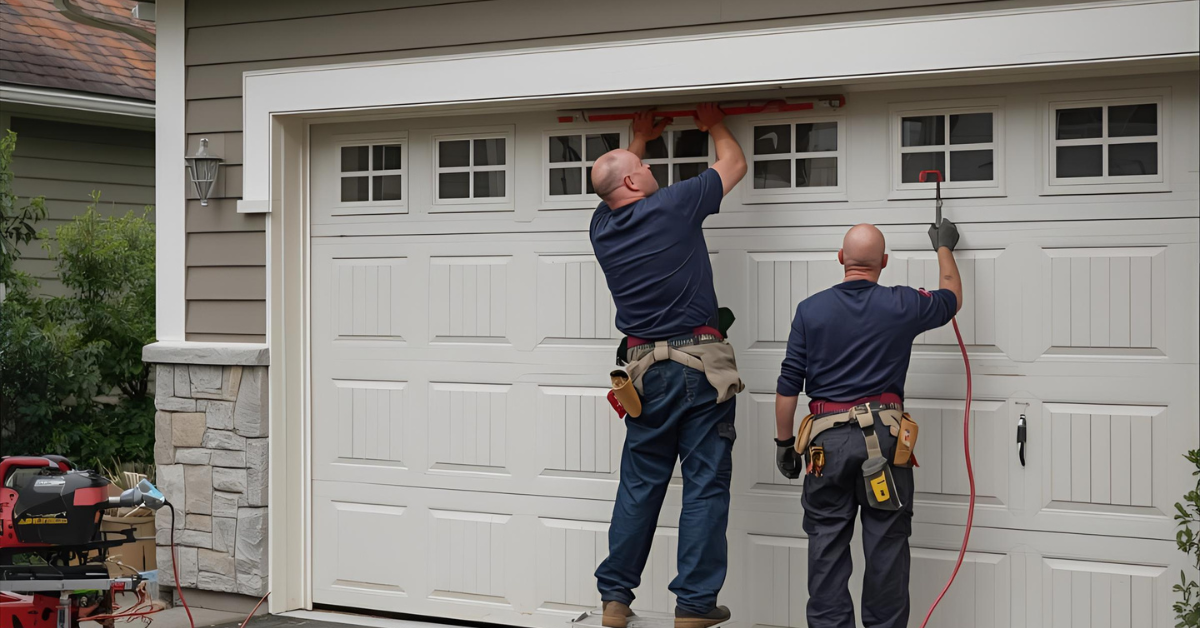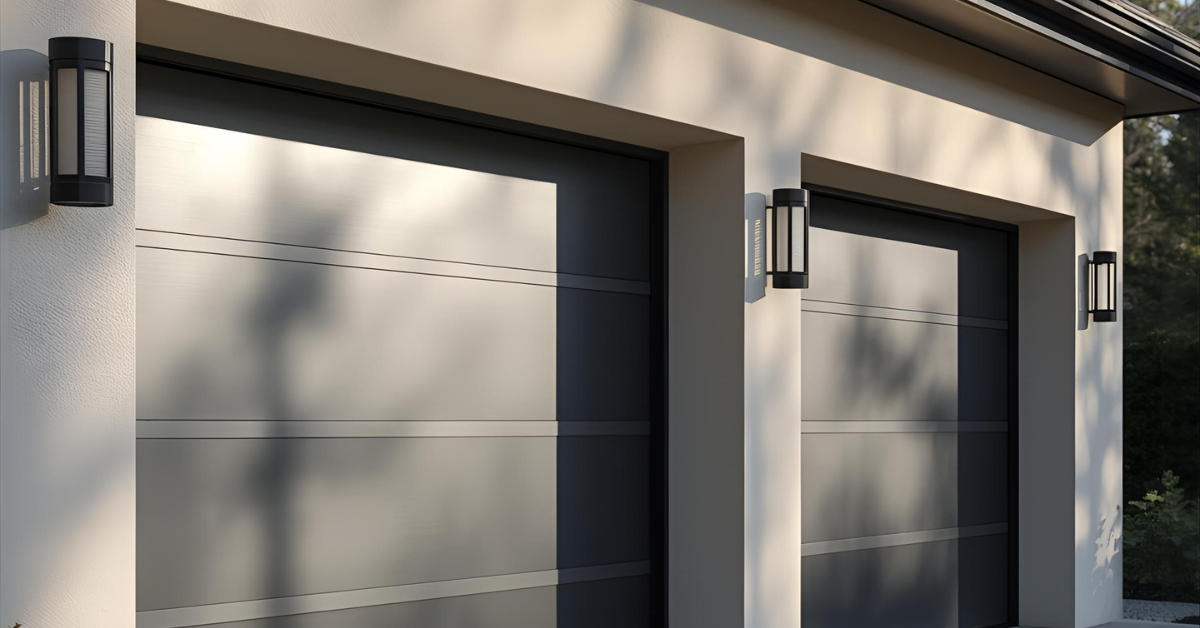How to Electrically Test Garage Door Safety Sensors?
Garage door safety sensors play a vital role in ensuring the safe operation of your automatic garage door. These sensors, often referred to as “electric eyes,” detect any obstruction in the door’s path and prevent it from closing on people, pets, or objects. If your garage door is refusing to close or keeps reversing, it could be a sign that the safety sensors are malfunctioning. One of the most reliable ways to diagnose the problem is through electrical testing. In this article, we’ll walk you through how to electrically test garage door safety sensors, using tools and techniques that are easy to understand—even if you’re not an electrician.
What Are Garage Door Safety Sensors?
Garage door safety sensors are mounted on each side of the door, around 4–6 inches from the ground. They work in pairs—one emits an infrared beam, while the other receives it. If anything interrupts this beam while the door is closing, the system reverses the door’s motion to prevent accidents. However, if these sensors are misaligned, dirty, or faulty, they can send incorrect signals to the garage door opener.
When Should You Test the Sensors Electrically?
While visual inspection and cleaning are good first steps, electrical testing becomes necessary when:
- The LED lights on the sensors are off or blinking.
- The garage door won’t close despite proper
alignment.
- You suspect wiring or internal sensor failure.
If cleaning and realigning the sensors don’t solve the problem, it's time to use a multimeter to perform an electrical check.
Tools You’ll Need
To electrically test garage door safety sensors, you’ll need:
- A digital multimeter (set to DC voltage and resistance settings)
- Screwdriver (to remove sensor units if needed)
- A clean cloth (to wipe lenses)
- Electrical tape (optional, for wire marking)
Step-by-Step Guide to Electrically Test Garage Door Sensors
Step 1: Disconnect Power
Before you begin, always unplug the garage door opener from the power outlet. This ensures your safety while working with electrical components.
Step 2: Inspect Sensor LEDs
Each sensor has an LED light—one usually glows green and the other amber. If either light is off, blinking, or dim, it’s an indicator of misalignment or electrical failure. Make a note of the LED behavior before proceeding.
Step 3: Check the Wiring Connections
Examine the wiring connected to each sensor. Look for loose, corroded, or frayed wires. If the wires are damaged, the sensor may not receive power or signal properly.
If needed, use a screwdriver to remove the sensor covers and access the terminal connections.
Step 4: Use a Multimeter to Check Voltage
Turn on your multimeter and set it to measure DC voltage. Reconnect the power to the garage door opener just for this step.
- Place the multimeter probes on the terminals where the sensor wires connect (usually red to positive and black to ground).
- A functioning sensor should read around 5 to 6 volts DC. If there's no reading or a very low one, the sensor may not be receiving power, or the wire is damaged.
After the voltage check, unplug the opener again before proceeding to resistance testing.
Step 5: Test the Sensor Signal
Set your multimeter to measure resistance (ohms). Disconnect the sensor from the wiring harness, then place the probes on the input terminals of the sensor itself.
- A steady resistance reading suggests the sensor's internal circuit is intact.
- Infinite resistance or no change on the multimeter may indicate a broken or failed sensor.
If both voltage and resistance readings are abnormal, it’s time to replace the faulty sensor.
Step 6: Check the Sensor Wires
If the sensors seem fine but still don’t work, test the continuity of the wires leading from the sensors to the garage door opener.
- Disconnect both ends of the wire.
- Place the multimeter in continuity mode.
- Touch the probes to each end of the same wire. A beep or low resistance indicates proper continuity; no sound or infinite resistance means the wire is damaged.
What to Do If a Sensor Fails the Electrical Test
If the sensor fails any of these tests, it’s likely defective and should be replaced. Most garage door safety sensors are affordable and widely available online or at home improvement stores. Always replace both sensors as a pair to ensure compatibility and performance.
Final Thoughts
Learning how to electrically test garage door safety sensors can save you time and money while ensuring the continued safety of your garage system. Using a digital multimeter, you can accurately diagnose whether the issue lies in the sensor itself, the wiring, or the power supply. Always start with a visual inspection, clean the lenses, and confirm alignment before diving into electrical tests. If problems persist even after testing and replacement, consulting a garage door technician is the safest next step.
Regularly checking your garage door safety sensors helps prevent accidents and keeps your garage functioning smoothly. With the right approach and tools, even homeowners with basic DIY skills can handle the task confidently.




